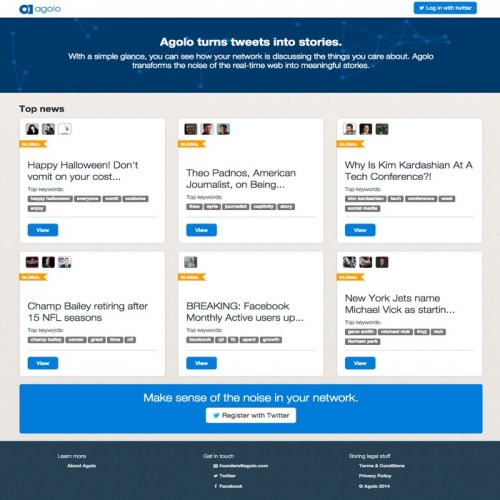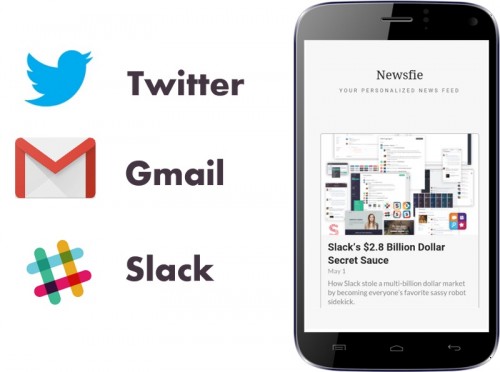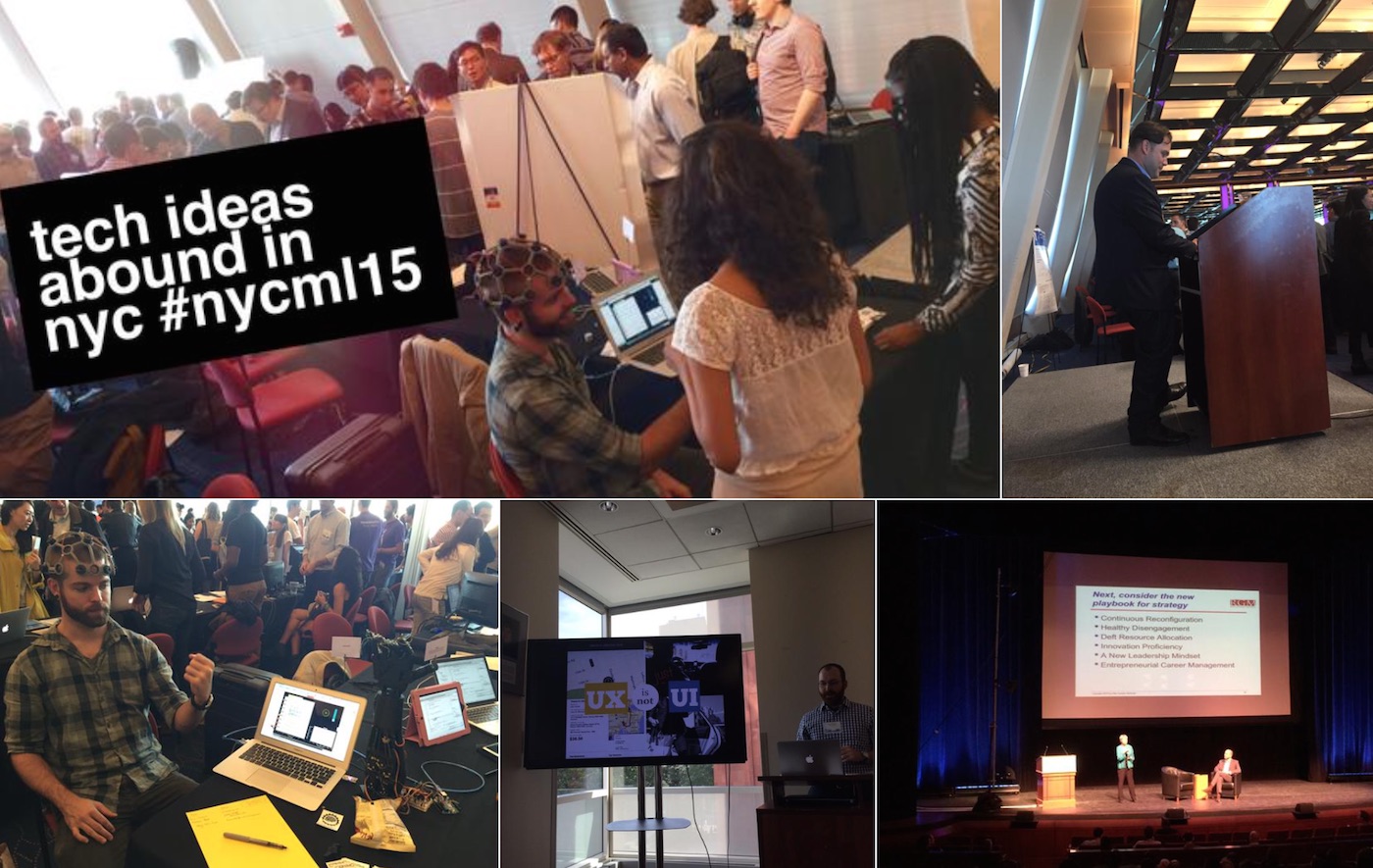Five media start-up ideas from the NYC Media Lab Summit
No, you don’t have to “curate content” from other sources. You don’t have to know how to code and design visuals for that infographic your story needs. And no, you don’t have to spend hours on the Internet looking for a lead. Right now, people are designing companies to solve all of that.
At the NYC Media Lab Summit last weekend, media entrepreneurs presented start-up ideas that addressed pervasive problems faced by journalists and news consumers alike. The NYC Media Lab, housed at New York University, brings together technologists, media practitioners, and the city’s universities to rebuild the media industry.
Below are five projects we encountered last weekend whose creators hope will upend the news cycle, reimagining its production, dissemination and consumption.
https://twitter.com/justinhendrix/status/647741858072948736
Agolo
What does today’s hastily-written, mass-produced news reporting need? A machine that will aggregate news, freeing up journalists to find underreported stories. Agolo’s software summarizes news stories from different sources using machine learning and natural language processing to organize your stream of content.
Aimed at: Financial services sector.

Lenses
We live at a time where there is not much lag time between understanding information and the pressure to represent it in visual form.
Lenses makes on-demand graphics with datasets for users who don’t know how to code or use data visualization software. The team (which hails from Columbia Journalism School, Newscorp, NYU, and the NYC Media Lab) plans to launch a prototype in January 2016, to render election news coverage effectively on mobile.
Aimed at: Journalists, bloggers, citizen journalists.

Engaging News Project
Online engagement should be measured by something other than time spent on page. Engaging News Project tests if and how the reader processes the information in a story.
The project, spearheaded by Talia Stroud at the Annette Strauss Institute for Civic Life at the University of Texas at Austin, uses academic research techniques to understand how the online reader generates content: through the comments section, social media, and polls and quizzes.
Aimed at: News organizations.
Newsfie
If you’re someone who doesn’t mind an occasional voluntary data hand-over in exchange for a slick, customized product, Newsfie might entice you. The app will scour your email inbox, Twitter feed and Slack chats to glean choice tidbits and present you a personally tailored news feed.
Aimed at: General audience.

The Story Discovery Engine
Journalists are no strangers to the rabbit hole of the Internet. One tweet is all it takes to pique curiosity and send us on a deep dive into the web. But most of what that search throws up is noise. What if there was a tool that narrowed down your search and took your attention to where it needed to be immediately?
Story Discovery Engine uses artificial intelligence to help reporters find investigative story ideas quickly on public affairs beats such as education, transportation, and campaign finance. Developed by Meredith Broussard, assistant professor at New York University, the tool helps reporters during their research process.
Aimed at: Journalists.





